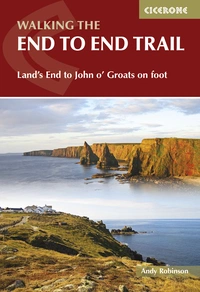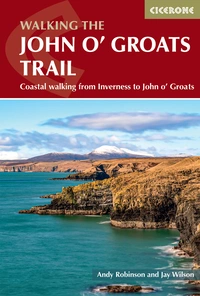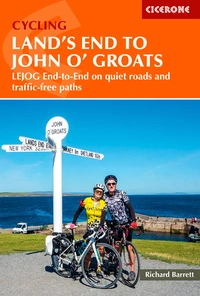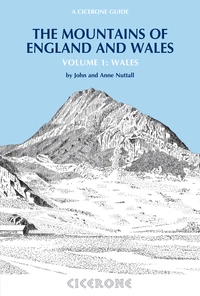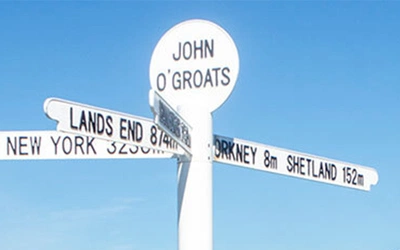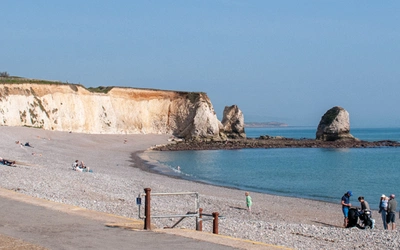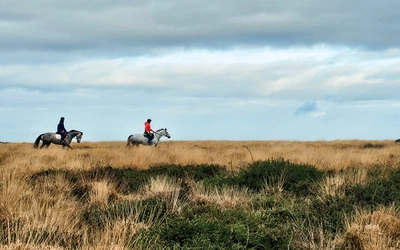Walking from Land's End to John O'Groats
The British countryside is host to an array of different landscapes, from the imposing mountains of Scotland to the stunning white beaches of the Cornish coast. For those wishing to take their time and experience the very best that the British countryside has to offer, a long-distance trail from the furthest points of the mainland is the perfect way to go.
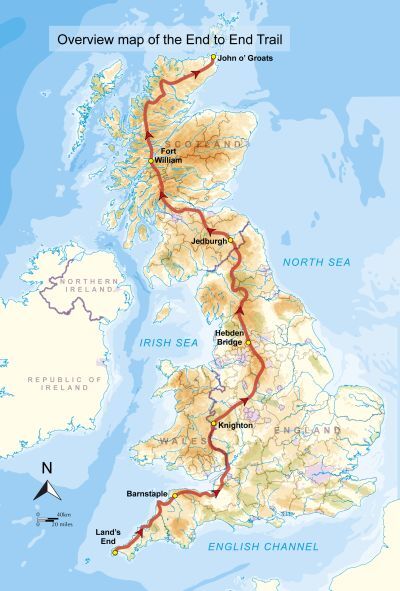
Land’s End and John o’ Groats are the two ends of the island of Great Britain; 986km (602 miles) splits them apart as the crow flies. Linking the two in a single, long off-road walk gives a magnificent expedition almost exactly twice that distance and takes you through the beautiful countryside. The End to End Trail, also known as LeJog (Land’s End to John o’ Groats), aims to join up as much of Britain’s high ground as possible, while still keeping to a reasonably direct route from Cornwall to Caithness, and it follows existing, published long-distance paths where they fit the bill.
How long is the Land’s End to John o’ Groats Trail and how long will it take?
The total length of the End to End Trail is 1956km (1215 miles). The six sections of the route are divided into 61 daily stages, averaging 32km (20 miles) per day, allowing a fit walker to complete the journey in two months. For those who prefer shorter days and can afford to take longer over the journey, there is also a three-month alternative schedule which keeps to an average of 23km (14 miles) per day.
However, there is also the option to split the six sections into a number of separate holidays if this would be more suitable. Two sections can be completed in three weeks following the main schedule, so three such holidays should see you at John o’ Groats. Alternatively, each of the six sections can be walked in about a fortnight using the three-month alternative schedule.
How difficult is the Land’s End to John o’ Groats Trail?
The route is mainly a high-level one, avoiding roads and keeping to the hills where practical, and is intended for experienced hill walkers. If you can navigate safely in poor weather in the mountains of the Lake District, Snowdonia or the Scottish Highlands, then you should be able to follow this Trail. The route takes you into some wild and remote areas, particularly in northern Scotland, and should not be undertaken lightly.
Something that is not always acknowledged is that undertaking a walk of this length can be a mental strain as well as a physical one. This is something that you must consider before heading out on the walk as the determination necessary to complete it should not be underestimated.
When is the best time to walk from Land’s End to John o’ Groats?
As well as personal considerations other factors affect your decision on when to complete the route, especially for the Scottish portion of the LeJog Trail.
- There are restrictions on access to the Scottish hills in the deerstalking and grouse-shooting seasons. In practice this means it is difficult to plan walking in many areas between 12 August and the end of October, and the best advice is to avoid the Scottish part of the route during this period.
- The midges and clegs in the hills are much worse in July and August than the rest of the year.
- The Scottish Highlands in winter constitute a hostile environment requiring suitable experience and equipment, and this is outside the scope of anything normally described as a long-distance walk.
Taking all this into account, the recommended time of year for this walk is to start in April and finish before the end of June.
Walking the End to End Trail
Land's End to John o' Groats on foot
£19.95
A practical guidebook for walking from Land's End to John o' Groats. The 1956km (1215 mile) long-distance route, known as the End to End Trail, follows paths and tracks rather than road, and takes to the hills whenever it can. The route is presented in 61 daily stages averaging just less than 32km (20 miles).
More informationHow to prepare for walking the End to End Trail
It is especially important for long-distance walks like this one to pack light. As long as you are (1) warm enough during the day, (2) warm and dry at night, (3) able to find food and drink, and (4) prepared for emergencies, then everything else should be regarded as optional.
Don’t take too many spare clothes either. If you’ve got something dry to wear in the evening, and enough for the worst weather you can expect, then any more is luxury. But be sure to take big drybags to protect things in your rucksack.
Remember that things you can expect to last out a two-week walk won’t necessarily last a two- or three-month one. This doesn’t matter so much for things that are easy to replace on the way, but it is a good idea to have spare funds available just in case, and a spare pair of boots that are worn in and ready to use if they need to be sent your way. Don’t carry things from Land’s End to John o’ Groats that you only need for a fraction of the journey. Post maps ahead and post them home again when finished with.
Accommodation
Pubs that also act as bed and breakfasts have the advantage of an evening meal at the end of the day and they are also found on or close to the route almost everywhere, except from in the Scottish Highlands. Often, booking ahead is difficult as walking does not always go to plan so take accommodation information with you, and if you want to book ahead do it no more than a week in advance. Hostels are also a good cheaper alternative.
For those wishing to camp on the trail, you will find campsites in the popular holiday spots along the route, for example, there are plenty on the South West Coast Path and in the Pennines. There is the option of wild camping or staying in a bothy or bunkhouse. It is important to remember that you require the landowner’s permission to wild camp in England and Wales but not in Scotland, though some restrictions do apply. As always, no matter where you camp, it is crucial to leave no trace
Money
In some areas of the walk, banks and ATM machines are few and far between, and carrying enough cash for the whole trip is not advised, although it is an option. You could use a credit card or open a bank account that allows you to withdraw money at post offices. Details of any banks and ATMs on the route can be found in the guidebook.
Useful Links
Walking the John o' Groats Trail
Coastal walking from Inverness to John o' Groats
£16.95
Guidebook to the John O' Groats Trail, a 235km long-distance walk from Inverness to John O' Groats in the far north of Scotland. The trail boasts stunning coastal scenery and fantastic cliff-top walking, while attractive towns and villages offer accommodation. It can be completed in around a fortnight.
More information
